Review: Semiconductor Piezoresistance for Microsystems
- PMID: 20198118
- PMCID: PMC2829857
- DOI: 10.1109/JPROC.2009.2013612
Review: Semiconductor Piezoresistance for Microsystems
Abstract
Piezoresistive sensors are among the earliest micromachined silicon devices. The need for smaller, less expensive, higher performance sensors helped drive early micromachining technology, a precursor to microsystems or microelectromechanical systems (MEMS). The effect of stress on doped silicon and germanium has been known since the work of Smith at Bell Laboratories in 1954. Since then, researchers have extensively reported on microscale, piezoresistive strain gauges, pressure sensors, accelerometers, and cantilever force/displacement sensors, including many commercially successful devices. In this paper, we review the history of piezoresistance, its physics and related fabrication techniques. We also discuss electrical noise in piezoresistors, device examples and design considerations, and alternative materials. This paper provides a comprehensive overview of integrated piezoresistor technology with an introduction to the physics of piezoresistivity, process and material selection and design guidance useful to researchers and device engineers.
Figures
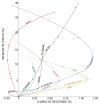







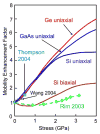



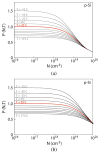


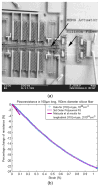
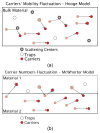




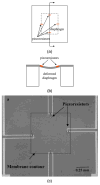

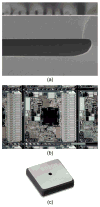













References
-
- Bryzek J. MEMS: A closer look at part 2: The MEMS industry in Silicon Valley and its impact on sensor technology. Sensors. 1996 Jul 4;
-
- Knutti JW. Micromachining and Microfabrication Process Technology IV. Santa Clara, CA: 1998. Finding markets for microstructures; pp. 17–23.
-
- Thomson W. On the electro-dynamic qualities of metals: Effects of magnetization on the electric conductivity of nickel and of iron. Proc R Soc London. 1856;8:546–550.
-
- Tomlinson H. On the increase in resistance to the passage of an electric current produced on wires by stretching. Proc R Soc London. 1876;25:451–453.
-
- Tomlinson H. The influence of stress and strain on the action of physical forces. Philos Trans R Soc London. 1883;174:1–172.
Grants and funding
LinkOut - more resources
Full Text Sources
Other Literature Sources
